The Revolution will be Intersectional (and the Dramaturgs and Educators Will Lead It)
This series on Audience Engagement explores the diverse relationships between theater and community through personal narratives and innovative methods of practice from a select group of artists and practitioners. We invite you to join the conversation and look forward to your thoughts! —Amrita Ramanan
I reference Venn diagrams a lot at work these days. It’s become a little bit of a running joke among the education and engagement staff, and I’m only sort of kidding when I tell people I might get one tattooed on my arm. To me, those elegant overlapping circles are incredibly useful maps for any engagement effort. In particular, I find that the spaces of overlap between my interests in dramaturgy, pedagogy, and community are the most fruitful, creative, and collaborative spaces to explore the question of what we even mean when we use the word engagement. Overlap is the space of “yes and”; the space of “greater than the sum of its parts”; the space of connection—which, ultimately, is what audience engagement is all about.
I came to audience engagement by way of dramaturgy, via community-based performance. Along the way, I stopped at every theater education rest-stop I could— drawn by, among other things, the relentlessly creative thought, meticulous program design, and a seemingly unlimited supply of those awesome giant post-it pads. As the newly appointed Director of Education and Engagement housed in a recently restructured artistic department at McCarter Theatre, I spend almost all of my time in spaces of hybridization, hyphenation, and overlap.
In my graduate thesis, I argued that, as a matter of survival, regional theaters should look to the world of community-based theater and embrace much of the ethos and many of the practices of community-based artists and organizations. At the time I didn’t use the term audience engagement to describe this work; I called it community-engaged dramaturgy. (Looking back, this feels a little bit like people who invested in mini-disks instead of iPods, except that luckily for me the actual work of engagement was the same regardless of what I called it in the pages of an academic document!)
Regardless of terminology, I believed then and believe now that dramaturgs are ideally situated to lead a movement of engagement.
Regardless of terminology, I believed then and believe now that dramaturgs are ideally situated to lead a movement of engagement. Partly, of course, this is because good dramaturgs are smart, articulate, passionate, and deeply invested in the art form. But it’s also because they love to gather information, but love even more to synthesize and share it in ways that are useful to others. They understand how to navigate the tricky but essential space of an outsider/insider. And most importantly, they have a strong “systems intelligence”—a creative way of thinking that drives them to constantly look for and notice interconnection, overlap, the interplay of the forest and the trees, and the larger systems and structures at play in a variety of circumstances.
If I were writing an addendum to my graduate research now, I would add a chapter on educators, and the ways in which the best teaching artists also share this way of thinking. Part of what has made the recent merger of artistic and education departments possible is that McCarter’s education staff is peopled with creative and structural thinkers with a passion for building community. The skills that made them excellent teachers are the same skills that make audience engagement (formerly overseen by artistic staff only) a natural extension of their work. After all, all successful engagement is educational on some level, and all education programs are also an opportunity for participants to deepen their engagement with McCarter.
I see audience engagement as the practice of deepening, exposing, and building on connections.
Most of us are theater makers because we believe there are stories out there that are urgently worth telling. And ultimately, stories are worth telling because of connection—whether that’s a personal connection and identification or the opportunity to create connection in common witnessing. I see audience engagement as the practice of deepening, exposing, and building on connections. It can also be the practice of illuminating the opportunity to make connections to potential audience members who have not yet walked through our doors.
When we talk about engagement at McCarter, we say that engagement describes 1) Events that deepen the intellectual and emotional impact of a particular performance; 2) Opportunities to strengthen, deepen, or incite a connection to McCarter as a valued community asset; or 3) Ways in which we use a theatrical performance as a catalyst to generate conversation and build community. So is it about current audiences or new audiences? Yes. Is it about connection to a particular show or connection to the institution? Yes. Is it the artistic experience or the conversation it generates that ultimately matters? Yes.
I recently came across the Zen saying: “If it’s not paradoxical it’s not true.” I have found that to be a remarkably comforting and useful sentiment as I do this work.
When asked to write this piece, I thought maybe I should dedicate some space to describing the various programs that we designate as engagement events or projects at McCarter (I’m particularly psyched these days about our new “Community Think” program). But I’ve only got thousand words here, so if you want those kinds of specifics, you can email me or we can get a beverage and compare notes. And, to be honest, I’m also not going to list our various engagement events and programs here because I harbor a creeping fear about engagement. Don’t get me wrong—I love that engagement has become such a major part of the conversation in our field. But I do worry that if we are not vigilant, “engagement” has the potential to become a code-word for “extra.” If a theater considers engagement only as a specialized series of projects, programs, or events that focus on the audience, there is a danger that the “main event”—the art, the organization, the infrastructure—is off the hook and doesn’t have to take audience or community experience into account.
But fear has never proven productive for me, so I’d rather think instead of my greatest hopes for the future of audience engagement. I hope that the notion of additional programming is just the beginning and that the next wave of conversation is about how to bring the ethos of engagement to the center of our institutions. I hope we actively seek to make theaters more porous, more welcoming, and more interactive at their core. I hope engagement will begin with listening. I hope that best practices for engagement staff will include deep participation in organizational conversations that might not seem very artistically sexy, like parking signage and usher training and bathroom remodels and website functionality. I hope engagement is part of the essential work of increasing diversity among theater staff and leadership, not just audiences.
I hope we pay attention to the passions and voices of the up-and-coming millennials (shout out to McCarter’s fantastic interns) who are so deeply and earnestly invested in making art that matters to specific communities. I hope that engagement sheds the baggage of outreach from “us” to “them,” and is instead designed to create platforms for audiences to engage with us and with each other. I hope as theater makers we find joy and inspiration as we navigate the overlaps and intersections that define this work. I hope we all start talking about Venn diagrams every chance we get.

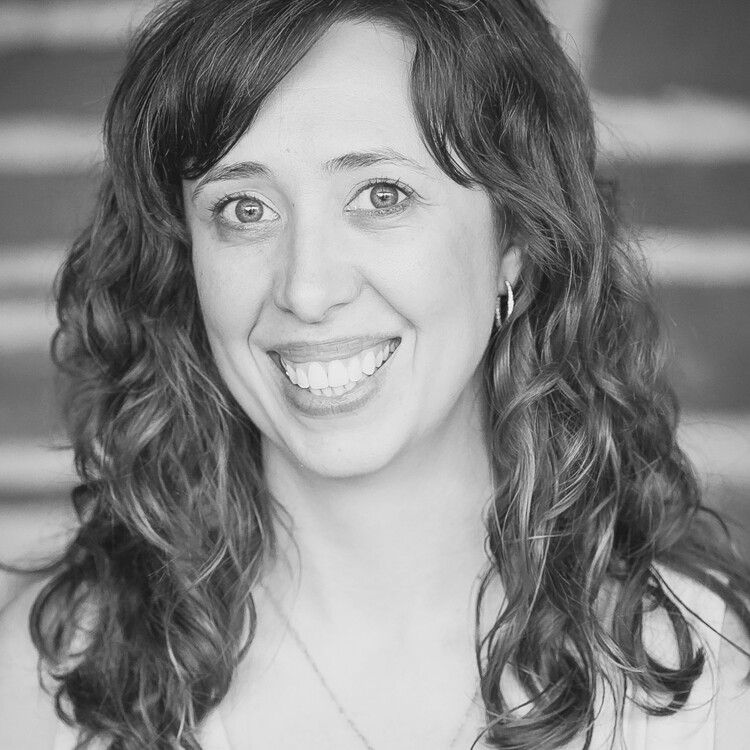
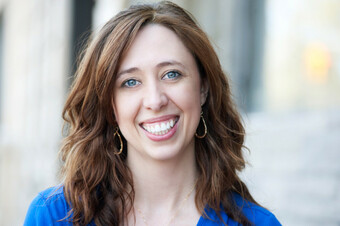

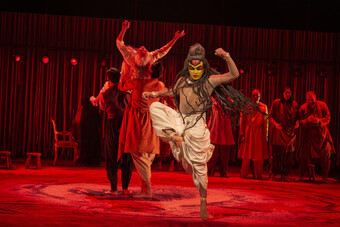


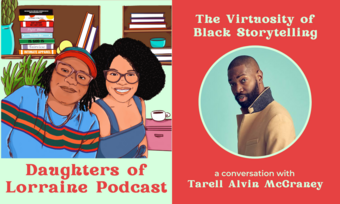



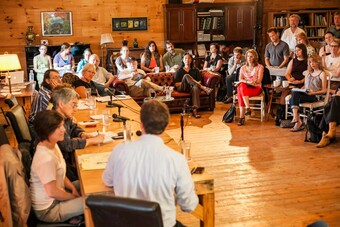


Comments
The article is just the start of the conversation—we want to know what you think about this subject, too! HowlRound is a space for knowledge-sharing, and we welcome spirited, thoughtful, and on-topic dialogue. Find our full comments policy here
"I do worry that if we are not vigilant, 'engagement' has the potential to become a code-word for 'extra.' If a theater considers engagement only as a specialized series of projects, programs, or events that focus on the audience, there is a danger that the 'main event'—the art, the organization, the infrastructure—is off the hook and doesn’t have to take audience or community experience into account."
Preach!
"I hope that engagement sheds the baggage of outreach from “us” to “them,” and is instead designed to create platforms for audiences to engage with us and with each other."
Always yes. I remember you explaining "community-engaged dramaturgy" when I was your wee intern at Premiere Stages and my eyes growing big with excitement/interest. The field will not continue to grow and change towards this movement unless there is room for curiosity, learning, and discussion... which I think is best facilitated by dramaturgs/educator types, but not exclusive to them. :)
Thanks, Brendan and Stephani!
woo! great post. i love the resistance of the "either/or" questions about community engagement work (is it about the institution or individual productions? audience development or audience retention? etc.), like when this work is woven into the fabric of the institution, those distinctions fall away completely.
Excellent post, thank you!